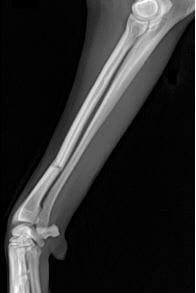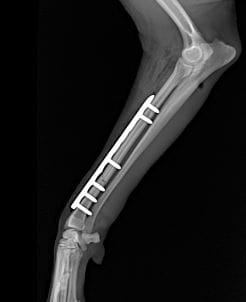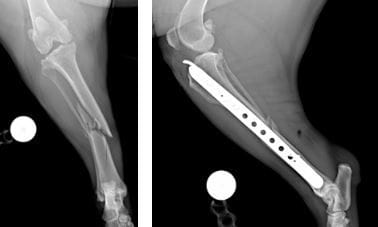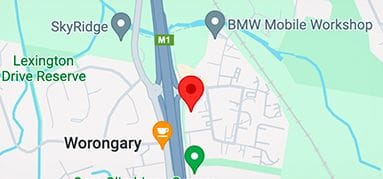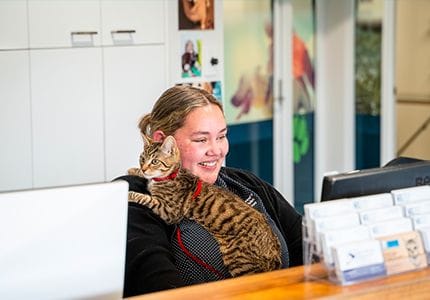In the above video, Dr Peter Delisser BVSc (Hons) Cert SAS DipECVS FHEA, European Specialist Small Animals from VSS Jindalee, talks about fracture repair options for your pet.
Fractures occur for a variety of reasons in dogs and cats commonly as a result of trauma or a fall. The patient may have serious concurrent internal or external injuries as a result of the causative trauma, particularly where a motor vehicle is involved. A wide variety of options are available for stabilisation of fractures depending on the type and location of the fracture.
PATIENT ASSESSMENT
Dogs and cats that are diagnosed with fractures may be investigated for internal injuries prior to surgery. This assessment may happen at the regular family veterinary practice, at an emergency clinic or with Veterinary Specialist Services. This may include radiographs (x-rays), ultrasound of the abdomen or thorax, as well as blood tests. Some animals with fractures need additional surgery or intensive medical treatment for their internal injuries prior to stabilisation of any fracture. Fractures are typically assessed with radiographs (x-rays), but in some cases a CT scan will be advised to gain more information.
TYPES OF FRACTURE FIXATION
Veterinary Specialist Services has a wide variety of fracture fixation devices available. The exact fixation used in each fracture depends on the characteristics of the fracture, the patient age and temperament and surgeon preference. Veterinary Specialist Services has locking and dynamic compression bone plating systems, interlocking nails, circular and linear external skeletal fixation and pin/kirschner wire based fixation options along with casts and splints. In addition, fluoroscopy (low dose intra operative x-ray) is used in some procedures to confirm accurate fracture alignment and implant placement, or to minimise the extent of surgical dissection needed (minimally invasive fixation).
TIMING OF FRACTURE TREATMENT
Most fractures are best treated as soon as practically possible, providing the patient is well enough to have general anaesthesia for surgery. Dogs and cats are assessed on a case by case basis to determine the treatment plan. Initial patient management may include splinting a broken bone with a bandage or cast to support the area and provide pain relief while the patient is stabilised for surgery.
&geometry(278x56))
